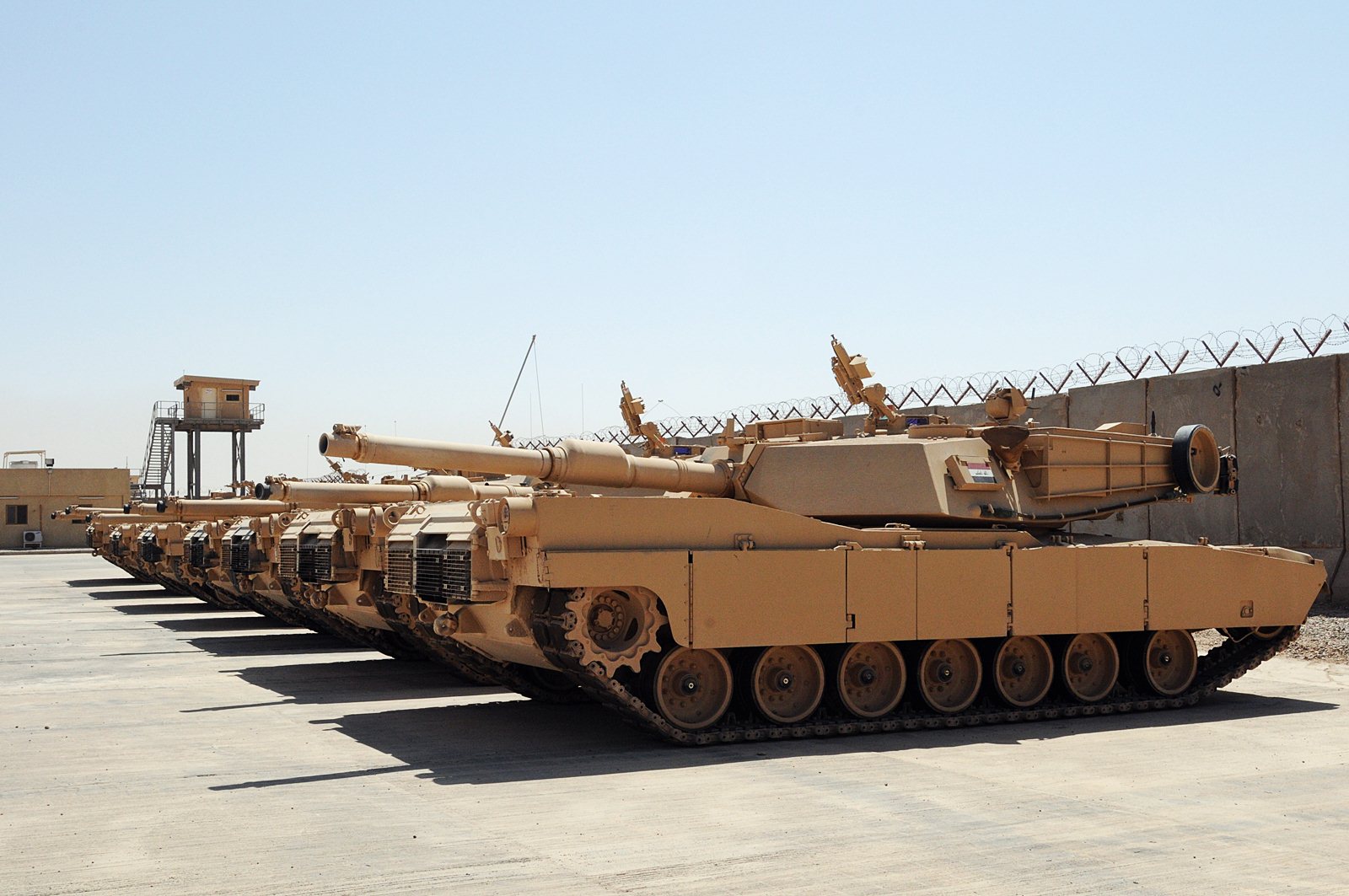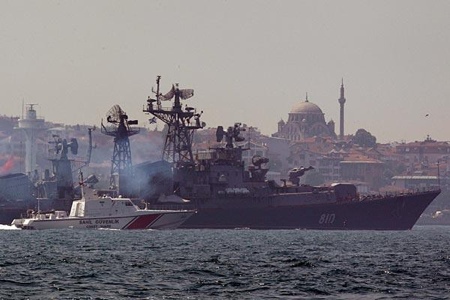
Since contemplating Janus a month and a half ago we’ve seen a lot of ink spilled about national security affairs. The majority of it is driven by the fiscal challenges facing the U.S. government. There’s been hyperbole, exaggeration, as well as underestimation and ignorance. Even here at NextWar we’ve seen some hysterics (yes Hipple, we’re looking at you). The Firm believes that the U.S.’ Sequestration and the Continuing Resolution are bad. They demonstrate terrible leadership and hint at a government bereft of the capacity for strategic thinking. Discussing the politics of sequestration, however, isn’t going to help us at CIMSEC fill the void.
We said there is a “hint” that the government is incapable of strategic thinking, but we only say hint. There has been some recent writing, publishing, and thinking about the future. Specifically, about the future of American ground forces. Buried in all the pages of frenzy about what happens March 1st, a pair of articles were published this month by leaders in the Army and Marine Corps meant to provide a vision for the future.
“Foreign Policy” (rapidly becoming a favorite of the Service Chiefs, we wonder what that says about their editorial policies) published General Odierno’s article “The Force of Tomorrow.” The Army’s Chief of Staff laid out his vision for the post-OIF/OEF U.S. Army. The article shouldn’t be a surprise to anyone, none of the ideas are new and the overall language is in line with both the Administration’s January 2012 Defense Strategic Guidance and the material the Joint Staff regularly puts out. There are a couple of things that struck us, however, as we read it. Despite the whitebread nature of the article, there was something about it that rubbed us the wrong way. The Chief of Staff appears to be advocating for a force which sounds an awful lot like an Imperial Army. His future Army is forward deployed all over the globe, working with our partners on their home turf. That sounds good on the surface but makes three significant and problematic assumptions.
First it assumes that our partners want a large number of U.S. Soldiers in their country for an extended period of time. We don’t see a lot of countries asking for that these days. Second it assumes that we have the money in the national accounts for a land force that is both big enough to be good at large formation combined arms and small formation partnership and daily crisis response. This requires units spread out in garrisons all over the globe like a modern day Roman Legion. Besides the will, and the political/diplomatic problems with that kind of vision, there is no money for that. The Chief of Staff doesn’t really even acknowledge the coming fiscal problem. The third assumption it makes is that we need another part of the military that is globally deployed on a day-to-day basis focused on partnership, presence, and crisis response. Just because the Defense Strategic Guidance says that the U.S. military should be doing those things, doesn’t mean that every Service should be doing every one of them in equal amounts. It appears that money isn’t the only pie the Pentagon wants slice and serve in equal proportions, and the Chiefs want everyone eat their piece at the same time after dinner. Here at The Firm we sometimes like pie for brunch, or Liner if we really sleep in.
This idea that the services should all be doing the same thing is ridiculous. We need a U.S. Army that is optimized for large-formation combined-arms combat operations. If the Army doesn’t do it, then who will? There isn’t another service that does that. We already have a service which is optimized for operations at roughly the battalion size and below, which historically has conducted partnership missions, crisis response, and small wars globally, and it’s call the U.S. Marine Corps. The last twelve years of operations ashore appear to have convinced everyone that the Marine Corps is another land army, not just in terms of how we spend money, but also how we divide missions and responsibilities.
That brings us to the second article published this month. Marine Corps Major General Kenneth McKenzie’s article “Naval Power and the Future of Assured Access” in “Armed Forces Journal.” With General Odierno creating an obvious opening for debate, and an opportunity for the Marine Corps to reassert its historic role in our military, we had high hopes for this article. Instead, we are treated to something written more for “The Rings” of the Pentagon than for a substantive discussion of roles and missions. If we had a podcast of this article we would turn it into a drinking game – taking a shot for every cliché, piece of jargon, or doctrinal reference. Each of the Marine Corps’ important acquisition programs gets a nod, the ground forces get to push back against AirSea Battle…or what they think AirSea Battle might be (since we’re not sure that anyone really knows), and we get to perpetuate the language of Jointness. From the author of Revenge of the Melians we expected so much more. Instead we’re treated to another staff-produced “article” that probably looks a lot better as the PowerPoint bullets where it started. We feel sorry for the poor Major who actually wrote this article and didn’t appear to get any help from the chop chain (We do love the AFJ cover photo though).
We like the fact that the Marine Corps is talking about naval affairs. This is a positive step and we don’t mean to belittle it. However, we need clear thinking to move these discussions and debates forward. If these two articles are indicative of what MGEN McKenzie called “the intellectual capital” that is being prepared for the coming Quadrennial Defense Review, we suspect that the 2014 QDR will be as useless as all the previous QDR’s. It’s time to start talking about the strengths and weaknesses of each service, and being honest about who best fills the roles and missions required in today’s world. Instead of playing games inside “The Rings” to increase prestige and funding, let’s talk about how to best defend our nation and our interests.
The Firm of Maynard, Cushing, & Ellis does not represent the opinions of anyone that matters. Formed by Lieutenant Robert Maynard RN, Lieutenant William Cushing USN, and Captain Pete Ellis USMC, the firm doesn’t speak for the US Government, the Department of Defense, The Foreign Office, the Department of Housing and Urban Development, or the Department of Silly Walks.

